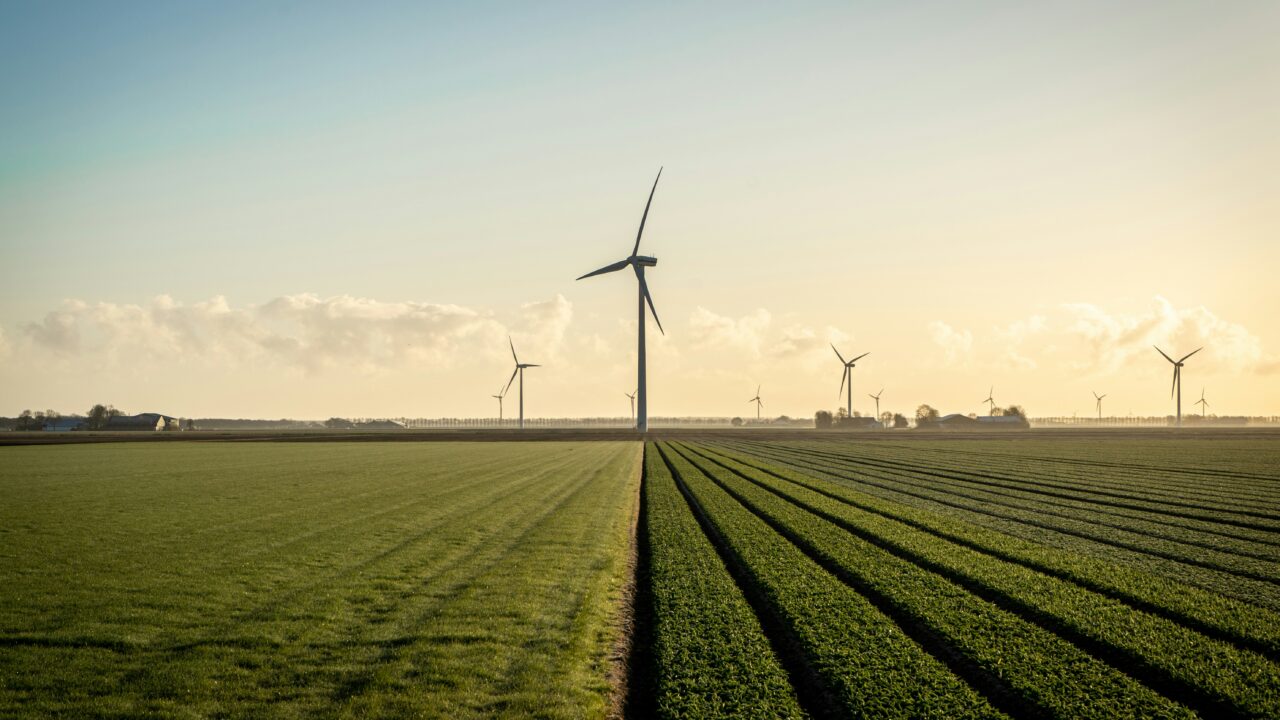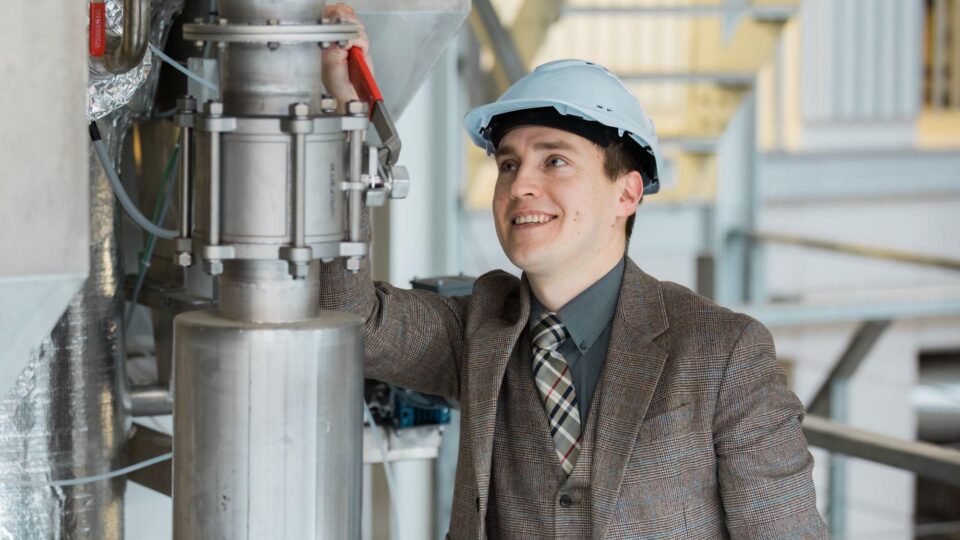Energy security is a pressing issue in Europe. Amid the green transition, where every additional megawatt of renewable energy counts, Estonia stands out for something unusual – we know what needs to be done, but we are not doing enough.
According to Professor Ivo Palu from TalTech’s Department of Electrical Power Engineering and Mechatronics, the problem is not a lack of knowledge or technology but rather whether we, as a society, are willing to build anything at all.
Renewable energy requires courage to build, not just wind
According to professor Ivo Palu, Estonia is developing a general aversion to new developments – and this is not just about wind farms, but also about solar parks, railways, tram lines, and residential buildings. “Often, the problem is not what is being built but simply the fact that something is being built at all,” he said.
Yet, change is an inherent part of the green transition. If wind energy is to cover a significant share of Estonia’s electricity needs in the future, it is not just about building wind turbines. The entire infrastructure must be considered – from the electricity grid and storage technologies to the involvement of major consumers. According to Palu, we cannot just talk about energy production without having a plan for how to use or export it.
In his view, the biggest obstacle to developing Estonia’s energy system right now is the electricity grid. If new lines are not allowed to be built and existing corridors cannot be expanded, all production planning will be limited to what the current system can handle – and Palu believes this approach will not lead to a sustainable future for Estonia.
“Often, the problem is not what is being built but simply the fact that something is being built at all.”
Technology is not a brake – it’s a catalyst
According to professor Ivo Palu, technological development has accelerated in recent years, particularly focusing on mitigating the common challenges associated with wind energy. New wind turbines are quieter, more powerful, and require less maintenance. Additionally, software-based diagnostic systems allow for real-time monitoring of equipment conditions and planning of preventive maintenance without major interruptions.
At TalTech’s Department of Electrical Power Engineering and Mechatronics, where Palu works, systems are being developed to detect potential faults in electrical equipment before they occur in practice. “If a device starts making unusual noises – meaning some component is operating outside its normal pattern – we can plan maintenance in advance before the problem becomes critical,” he explained.
Yet, even if technology can prevent unexpected disruptions and minimize visual or acoustic disturbances, Palu believes it may not be enough if the public is fundamentally opposed to change. This is where community-based solutions come into play.
Palu emphasizes that local resistance can be eased if people feel that the construction of wind farms benefits their community – whether through job opportunities, investments in ports, or infrastructure development. When wind turbine installations bring direct economic and social benefits, attitudes also change. “If people understand that someone in their family can get a job because of the power plant construction or wind turbine installation, there will likely be less resistance,” he said.
“If people understand that someone in their family can get a job because of the power plant construction or wind turbine installation, there will likely be less resistance.”
Palu points to Lithuania as a positive example, where, after the closure of a nuclear power plant, the country rapidly developed wind energy to reduce dependence on its eastern neighbors. The rapid progress did not stem from a technological advantage but from clear decisions and societal readiness. Another example is Denmark’s cooperation model, where wind farm development goes hand in hand with local employment, port development, and community benefits.
One of the critical factors for the success of wind farms is having a skilled workforce. According to Palu, student interest in this field at TalTech has grown significantly. “We see young people understanding that this is a promising field with a growing demand for specialists every year. It is not just a short-term, project-based boom.”
In addition to training engineers, wind energy must be developed on an industrial scale, involving maintenance technicians, planners, logistics experts, and many others. Palu believes that Estonia’s education system can prepare these people if the sector is taken seriously.

Professor Ivo Palu from TalTech believes that the development of wind energy in Estonia is not hindered by technology but by a lack of courage to build. Photo: Rene Lutterus.
A strong system, distributed risks
One of the key points of discussion in wind farm development is their potential impact on defense capabilities – specifically, on military radar systems. The concern is that the large, rotating blades of wind turbines can, in some situations, make it difficult to interpret radar signals, creating so-called shadow areas, distorting objects, or interfering with the detection of low-flying targets.
Professor Ivo Palu acknowledges that civilian specialists often struggle to fully understand defense sector assessments, and the exact extent of the problem is not always clear. However, he emphasizes that energy supply also has a security dimension: when a wind farm operates, it generates electricity locally, independent of fuel imports or supply chains. This makes wind farms strategically important.
According to Palu, energy security is primarily defined by distribution and diversity. Wind energy helps distribute production, moving it away from major cities and import hubs. The more diverse and independent energy production options we have, the harder it is to disrupt us during a crisis.
“We cannot rely solely on wind or solar. No electricity grid should depend on a single source, no matter what that source is.”
However, Palu believes that wind energy cannot be seen as a magic solution. “We cannot rely solely on wind or solar. No electricity grid should depend on a single source, no matter what that source is,” he emphasized.
In his view, Estonia should aim to develop at least 1,500–2,000 megawatts of wind capacity over the next decade, divided between onshore and offshore turbines. This distribution would increase energy independence while maintaining grid management. At the same time, Palu argues that Estonia must also build additional storage capacity, strengthen the electricity grid, and attract energy-intensive industries capable of using wind power locally.
Estonia must develop wind energy in a way that strengthens independent energy security while maintaining connections with other countries. For Palu, energy independence does not mean isolation but rather a well-balanced system that functions effectively in both production and consumption.




